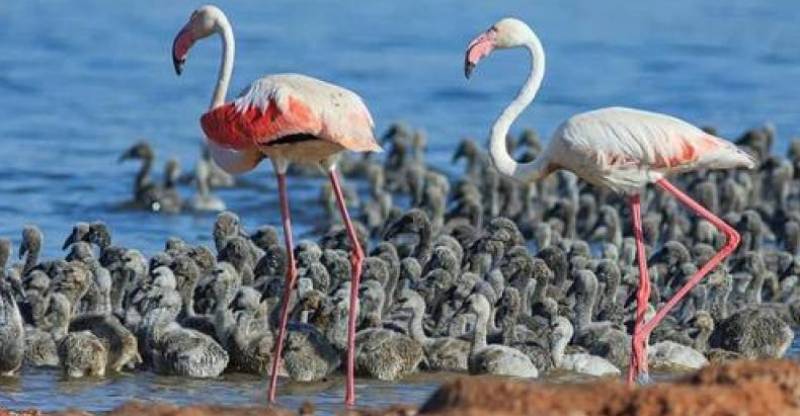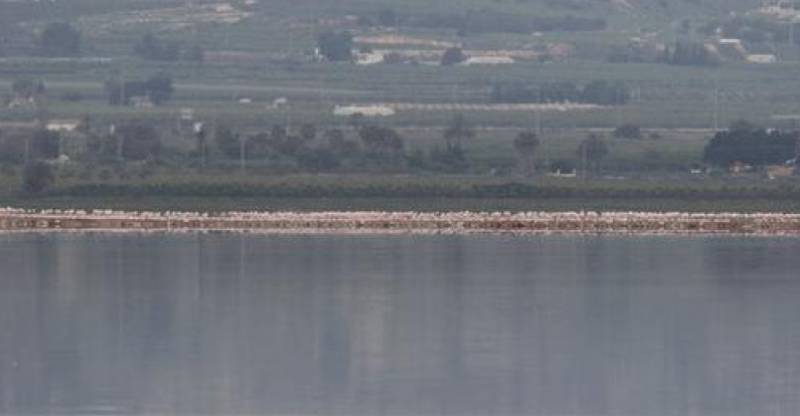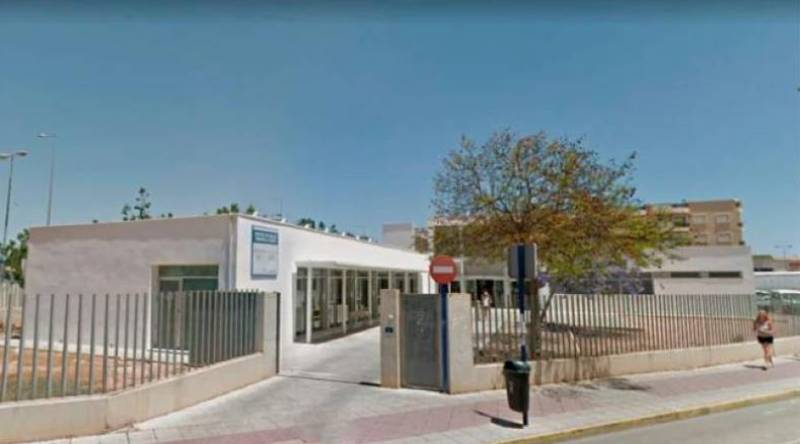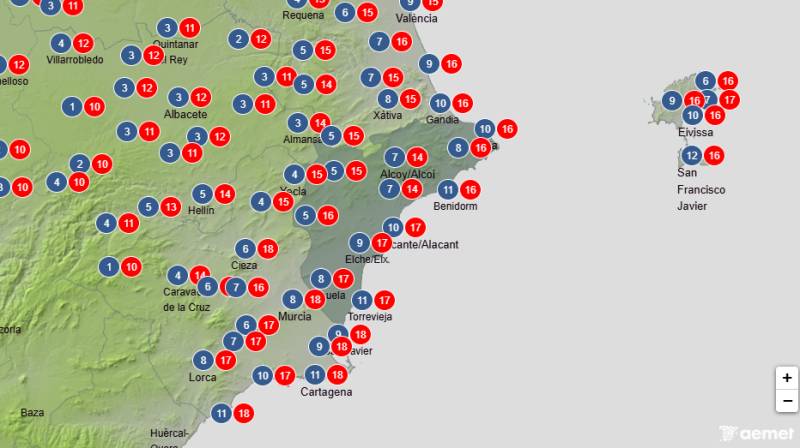- Region
- Vega baja
- Marina Alta
- Marina Baixa
- Alicante
- Baix Vinalopo
- Alto & Mitja Vinalopo
-
ALL TOWNS
- ALICANTE TOWNS
- Albatera
- Alfaz Del Pi
- Alicante City
- Alcoy
- Almoradi
- Benitatxell
- Bigastro
- Benferri
- Benidorm
- Calosa de Segura
- Calpe
- Catral
- Costa Blanca
- Cox
- Daya Vieja
- Denia
- Elche
- Elda
- Granja de Rocamora
- Guardamar del Segura
- Jacarilla
- Los Montesinos
- Orihuela
- Pedreguer
- Pilar de Horadada
- Playa Flamenca
- Quesada
- Rafal
- Redovan
- Rojales
- San Isidro
- Torrevieja
- Comunidad Valenciana
article_detail
Date Published: 02/05/2024
Pink flamingos return to roost in Torrevieja, Spain
More than 2,500 pairs of the striking birds are currently nesting in the Costa Blanca wetlands

For most people living along the Alicante coastline, it’s a sight that truly heralds the arrival of summer: thousands of dusky-pink coloured flamingos perched on the banks of Torrevieja’s salt lagoon.
For the fifth year running, more than 2,500 breeding pairs have returned to the Costa Blanca wetlands to nest and raise their young.
This summer’s earliest feathered couple took up residence on the sandy strip in the middle of the water on April 10 and began to build their unique volcano-shaped nest.
This means that the first baby flamingos – known as flaminglets – could hatch as early as May 20.
Flamingos have always been part of the habitat of the Torrevieja and La Mata Lagoons Natural Park, but they had never chosen these salt lakes to carry out this important stage of their life cycle, reproduction, until recently.
In principle, not even the experts familiar with the species saw a future for the continuity of the reproductive colony.

But the pandemic arrived and its forced confinement coincided with the months of flamingo courtship and nesting. Human pressure was reduced to a minimum in a wetland surrounded by thousands of homes, and their population began booming in the spring of 2020.
The cycle of torrential rains that flooded the wetlands in the south of Alicante months before also helped, while the drought wreaked havoc on their traditional breeding areas, such as the Fuente de Piedra lagoon in Málaga.
Built in the 90s to protect salt production, the Torrevieja salt lakes are now home to one of the main flamenco breeding colonies in Spain.
Not only is the place attractive for bringing new common flamingo chicks into the world, some specimens of the lesser flamingo that nested for the first time in the natural area of Torrevieja last year have also been sighted in recent weeks.
The extensive spit of land of is isolated from the shore and only has access through the salt company and the natural park. As a result, natural predators of the young, such as wild boars and foxes, cannot enter.
In other news: Elderly man and his dog perish in Costa Blanca house fire
Images: Amigos de los Humedales del Sur de Alicante
staff.inc.ali
Loading
See more news about animals in Spain:
OR
Sign up for the Spanish News Today Editors Roundup Weekly Bulletin to get a comprehensive email with all the week’s news for Spain, Murcia, Alicante and Andalucía.
Get a sneak peek – here are a few of our recent Subscription Bulletins:
Discount Special Offer subscription:
36.95€ for 48 Editor’s Weekly News Roundup bulletins!
Please CLICK THE BUTTON to subscribe.
Contact Murcia Today: Editorial 000 000 000 /
Office 000 000 000





































